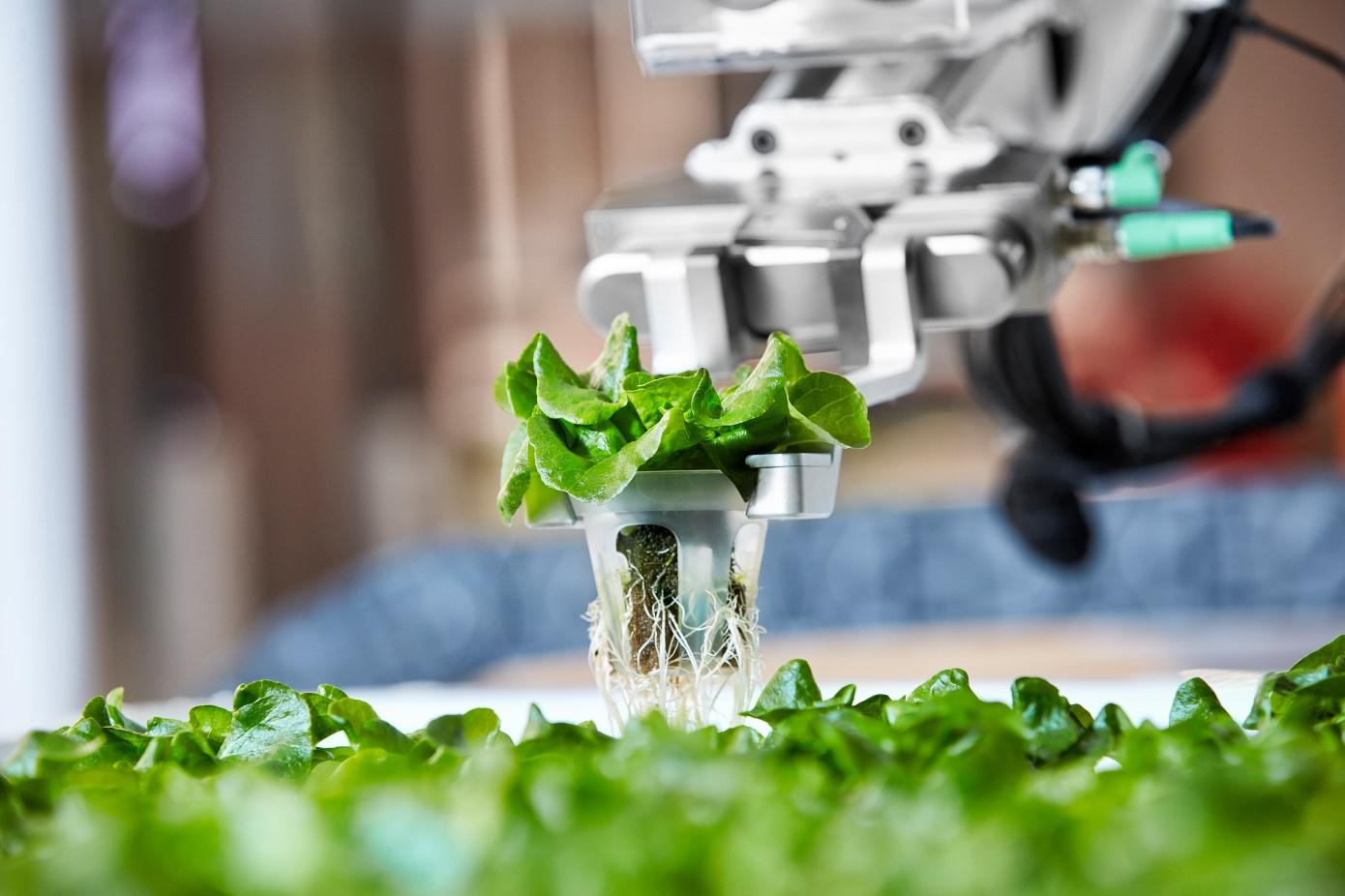Agricultural automation is increasing at a rapid pace. New technologies are being developed and implemented to make farming more efficient and productive. One of the most promising areas of development is autonomous robots for vegetable weeding. Weed control is one of the most labor intensive tasks in vegetable crop production. Autonomous weeding robots have the potential to significantly reduce the need for manual weeding and improve farm operations.
Emergence of Autonomous Weeding Robots
Autonomous robots specifically designed for autonomous vegetable weeding started gaining attention around the mid-2010s. Early prototypes used computer vision systems, cameras and machine learning algorithms to identify and remove weeds from fields with a high level of accuracy. Some of the pioneering companies that developed these early prototypes include EcoRobotix, Deepfield Robotics, Smart farming robotics and Naio Technologies. Over the past 5 years, the technology has advanced rapidly. Most current models use advanced cameras, sensors, machine learning capabilities and precision tools/mechanisms for targeted weed removal.
How do they Work?
Autonomous weeding robots use computer vision and machine learning to differentiate between crop plants and weeds. Advanced cameras capture high resolution images of the field as the robot moves through rows of vegetable crops. These images are processed using deep learning algorithms trained on thousands of images to recognize the visual differences between crop plants and weeds. Once a weed is identified, precision tools like rotary brushes, tiny claws or pulses of hot air are used to extract the weed from the soil without damaging the crop. Some models also use sensors to detect differences in texture, color or structure to further enhance recognition abilities. The data captured is stored and used to continuously improve the machine learning models.
Benefits of Automated Weeding
The benefits of Autonomous Vegetable Weeding Robots over manual weeding are substantial:
- Labor savings - Weeding is one of the most labor intensive tasks in vegetable farming. Robots can perform this task 24/7 with no breaks, reducing labor costs significantly.
- Increased productivity - Timely and efficient weed removal improves crop yields. Robots work faster than human laborers spread over large acreage.
- Selectivity - Robots can identify and remove weeds with higher accuracy than human pickers, leaving the crop untouched. This minimizes crop damage.
- Consistency - Robotic weeding provides uniform, round-the-clock coverage of fields. Human performance can vary over time.
- Traceability and transparency - Robotic systems collect precise data on weeding activity that helps optimize operations and ensure compliance.
- Safety - Robotic weeding eliminates risky, repetitive tasks like prolonged bending for human workers. It also allows weed control without exposing farmworkers to chemicals.
The technology progresses further, these issues are expected to be gradually resolved. Market analysts predict that autonomous weeding robots will disrupt traditional farming in next 5-10 years as their efficiency and viability improve. Full-fledged commercialization coupled with cost reductions could make them mainstream for contract farming and large agricultural enterprises involved in high-value crops. Though unlikely to completely replace human labor, these robots will surely boost productivity while reducing drudgery on vegetable farms of future.
Get more insights on Autonomous Vegetable Weeding Robots
Also read related article on Organic Farming Market
